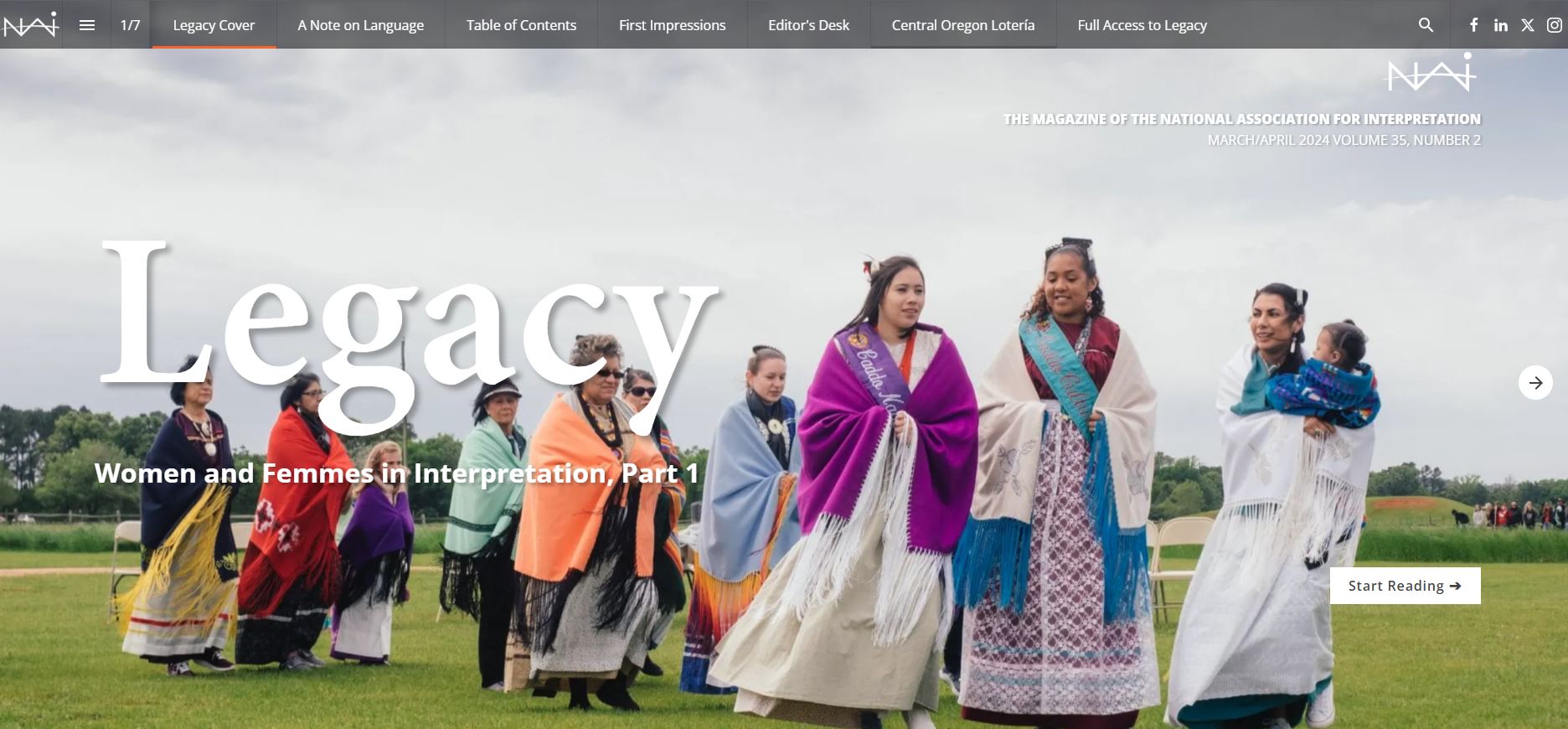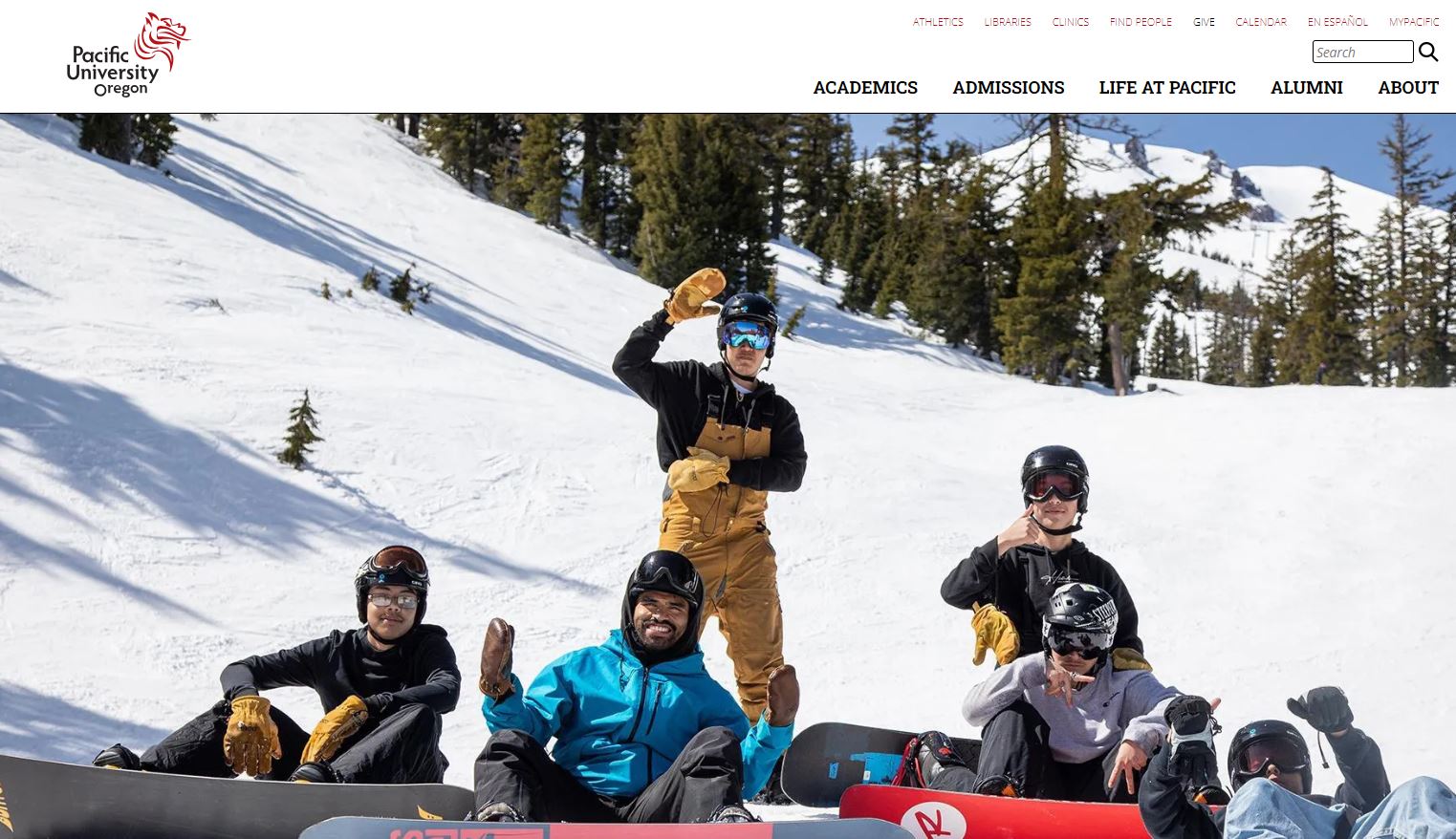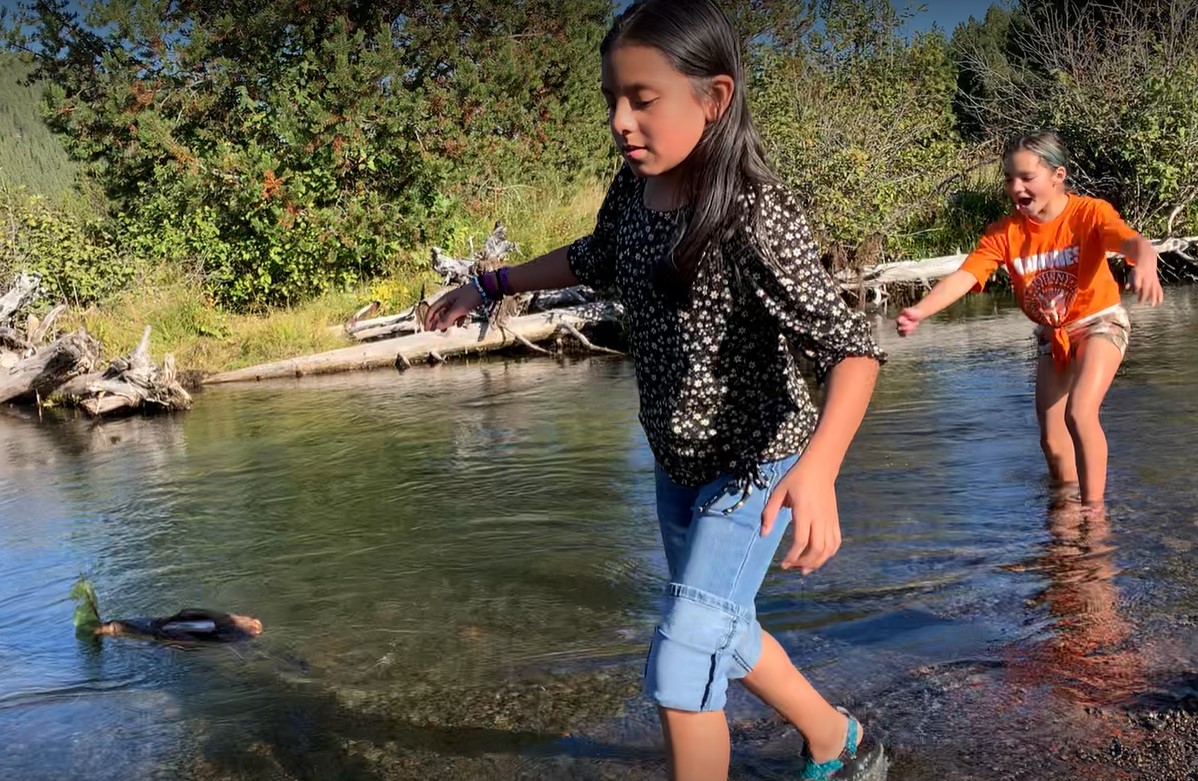Original post from the Deschutes Land Trust.
When people first learn about the Deschutes Land Trust, they usually have lots of questions for us. What is a land trust? Are you a governmental organization? What makes you different from the National Forest? Are all of your protected lands open to the public?
We hear you! Here is a guide to general land trust information, plus specific details about the Deschutes Land Trust. By the end of this guide, we hope you’ll be land trust experts!
Whychus Canyon Preserve. Photo: Byron Dudley.
Land Trust Background
Land trusts are nonprofit organizations that work cooperatively with landowners towards private, voluntary land conservation. There are approximately 1,700 land trusts in the United States, each geared towards their community’s needs.
Land trusts use a variety of methods to conserve land, one of which is a tool called a land protection agreement or conservation easement. A land protection agreement is a voluntary legal agreement between a land trust and a property owner that limits future industrial, commercial, or residential development on the land in order to protect its conservation values. Land protection agreements are tied to the land, so not only is the original owner subject to the agreement, but all future owners are as well.
Land trust lands vs. public land
In general, there are three things that set land trust lands apart from public lands:
- Protected Forever. Land trust lands are protected in perpetuity land protection agreements. In Oregon, the laws concerning these agreements are State Statutes 271.715-271.795.
- Private Land. Lands are privately owned, but may be open to the public.
- Natural Habitat. Lands trusts tend to prioritize providing key habitat for plants and animals. In addition, land trusts are not governed by the Multiple Use Sustained Yield Act.
According to federal law, land can be conserved through land protection agreements for at least one of four reasons:
- Protection of open space (including farmland) for significant public benefit
- Protection of relatively natural habitat for fish, wildlife, or plants
- Protection of lands for education or outdoor recreation for the general public
- Preservation of historically important land or a certified historical structure
Once a land protection agreement has been created, the land trust is responsible for monitoring the lands in accordance with the terms of the agreement. Land trusts can be accredited by the Land Trust Alliance, a national association for land trusts.
Deschutes Land Trust protected lands.
The Deschutes Land Trust: your local land trust
The Deschutes Land Trust is Central Oregon’s only locally-based and nationally-accredited land trust. Not only do we conserve land through land protection agreements, but we also own and manage Community Preserves.
Each Land Trust protected property has its own management plan that guides conservation, restoration, and public use. We work with a wide variety of private and public partners to conserve these lands including, but not limited to: farmers, ranchers, wildlife management agencies, nonprofits, utilities, and Tribes.
Community Preserves that are open to the public:
Community Preserves that are only accessible to the public on guided Land Trust tours:
Private protected lands (may be accessible on Land Trust guided tours with permission from landowner):
Coffer Ranch (also known as Bella Ranch)
A note on Alder Springs: The Land Trust initiated negotiations and partnered with The Trust for Public Land to conserve Alder Springs. Alder Springs is now owned and managed by the Crooked River National Grassland. It is open to the public April 1 – Nov 30.
As you can see, there are a variety of ways the Deschutes Land Trust manages its protected lands. Our website includes information on each property, including the conservation values that are found within the property.










